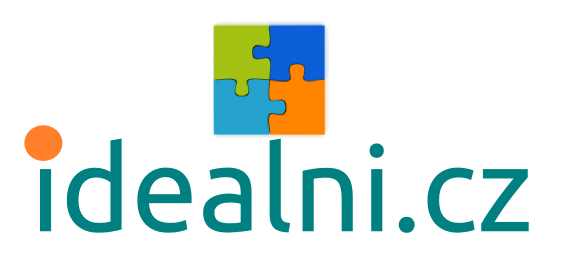Further recommendations
The following text should be taken as recommendations based on experience from work with eating disorder patients. They are meant namely for parents and partners. Their application in a household may be accompanied by patients´ indignation, as they limit options to manipulate food in order to reduce its intake. This is why it is advisable […]



 Podporujeme Záchrannou stanici pro divoká a exotická zvířata. Pomoci můžete i vy.
Podporujeme Záchrannou stanici pro divoká a exotická zvířata. Pomoci můžete i vy.